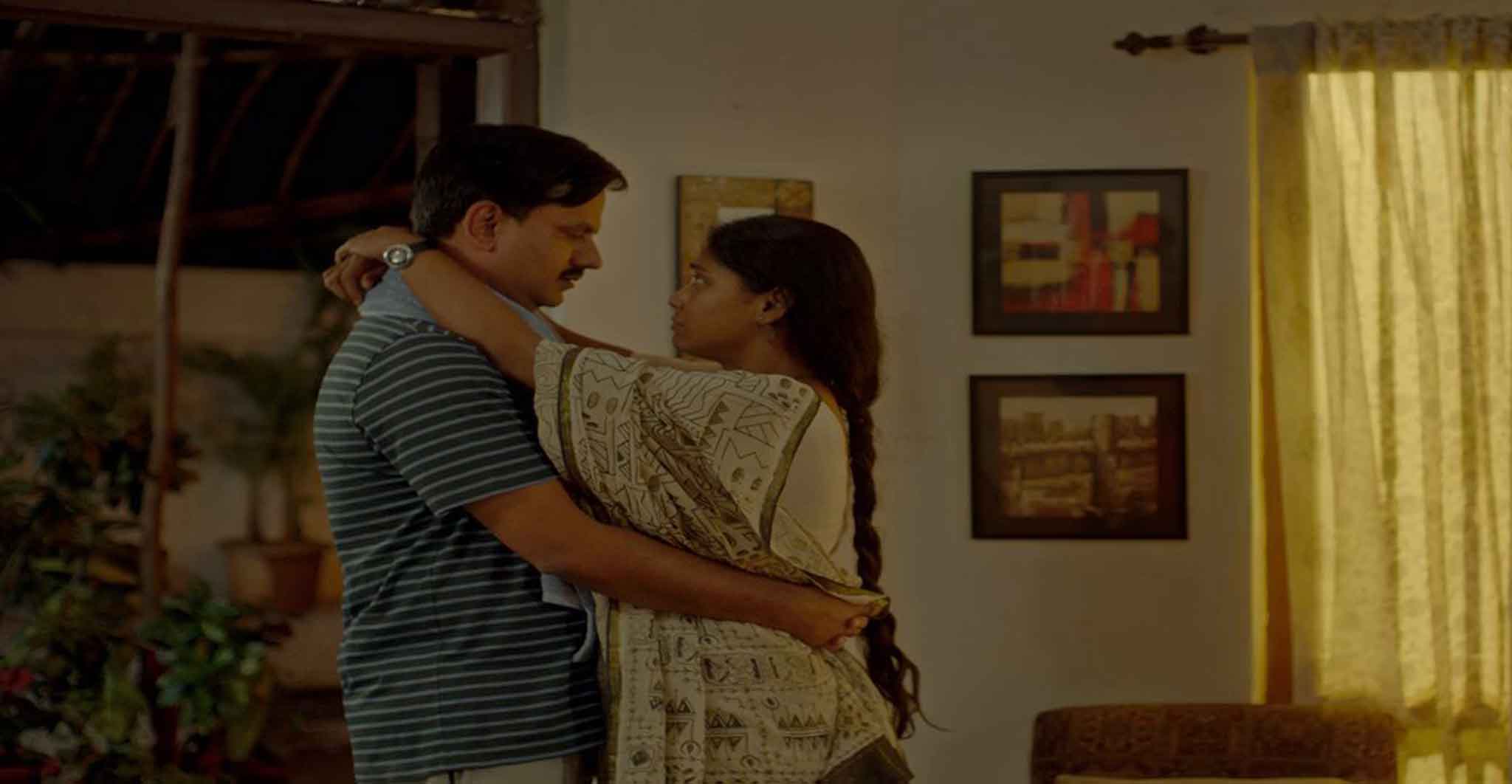“Idhu namma kaalam. Ezhundhu vaa!” (lit. “This is our time. Arise & Arrive”) Dialogue from Pa. Ranjith’s Sarpatta Parambarai, which revolves around boxing, a bloody, violent sport and identity of clan prestige. Mahatma Gandhi epitomised non-violence as a potent tool to express one’s strong dissension against injustice. His peaceful protests against the brutal force […]
Learn MoreTag: Dalit Cinema
Throughout the history of cinema, the dominant ideology determined the content. It is predominantly capitalistic, male and heterosexual. Likewise, film criticism too established its territory. Malayalam cinema Tracing back to the fifties, film criticism popularised by the trio Cinic, Kozhikodan, and Nadhirsha was mostly engaged with the text, rarely exploring the sub-text, inner dynamics, or […]
Learn MoreThe primary proposition of Avijit Mukul Kishore and Rohan Shivkumar’s Nostalgia for the Future is dwelling (in the Heideggerean sense) as denotation. Contrarily the voice, Kishore’s voice, is the embodiment of this denotation. Over the course of the film this denotation becomes a volume, concentrated or rarefied, which creates a mechanism (instead of an ideology) […]
Learn MoreWomen centric films, in the garb of female empowerment, have become the new normal in Bollywood lately. Focusing on issues that women negotiate in today’s times, these films seek to provide a new ideological template by which they seek audiences’ indulgence in the dramaturgy they unspool through their women protagonists. Taking incidents from real life, […]
Learn MoreArt cinema in India began as a movement partly in order to intervene in social injustices by propagating the right attitudes among the public, although popular cinema had also done it much earlier. Dalits and caste discrimination have frequently been the subjects in Indian cinema from Achhut Kanya (1936) to Sairat (2016) and the general […]
Learn More




